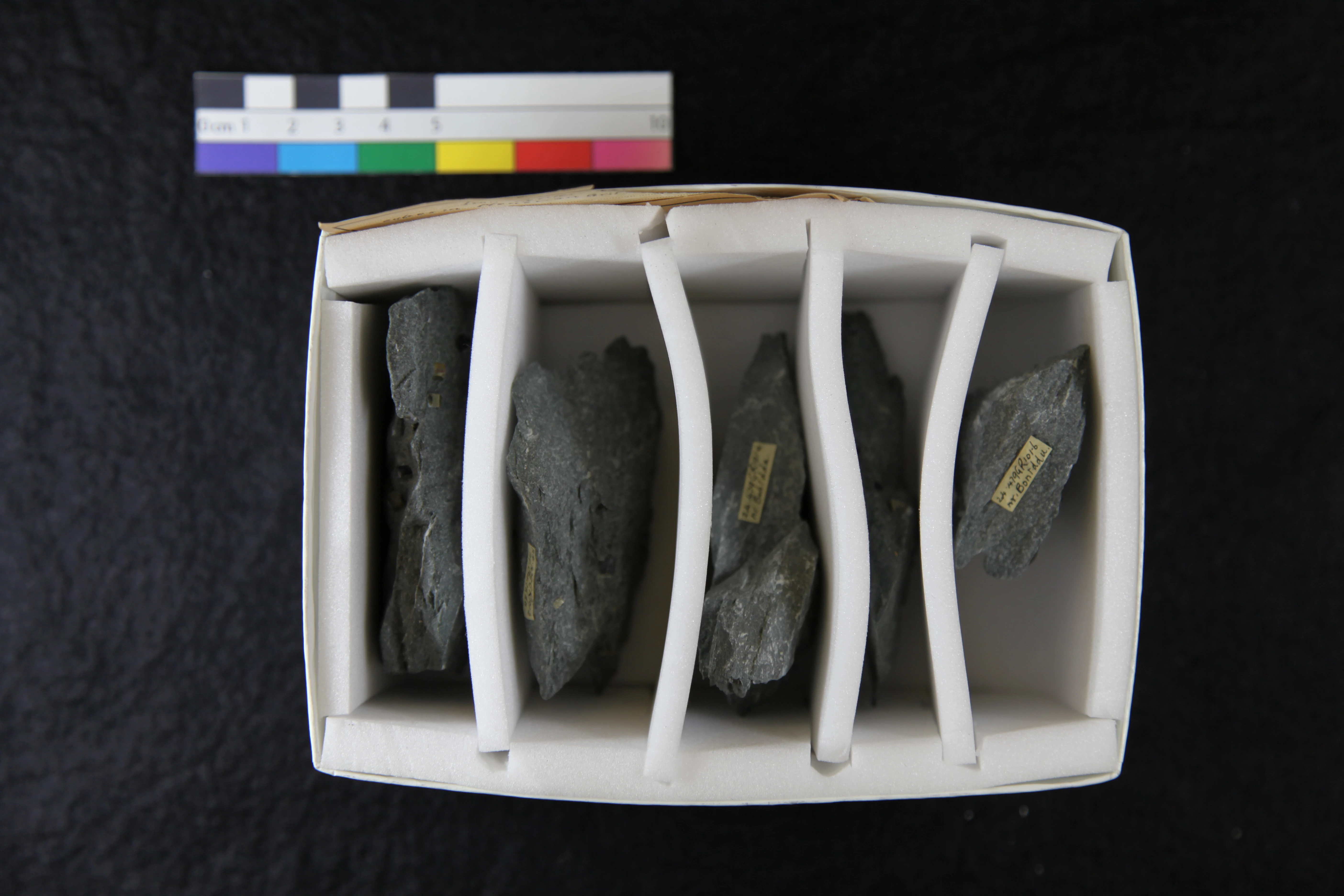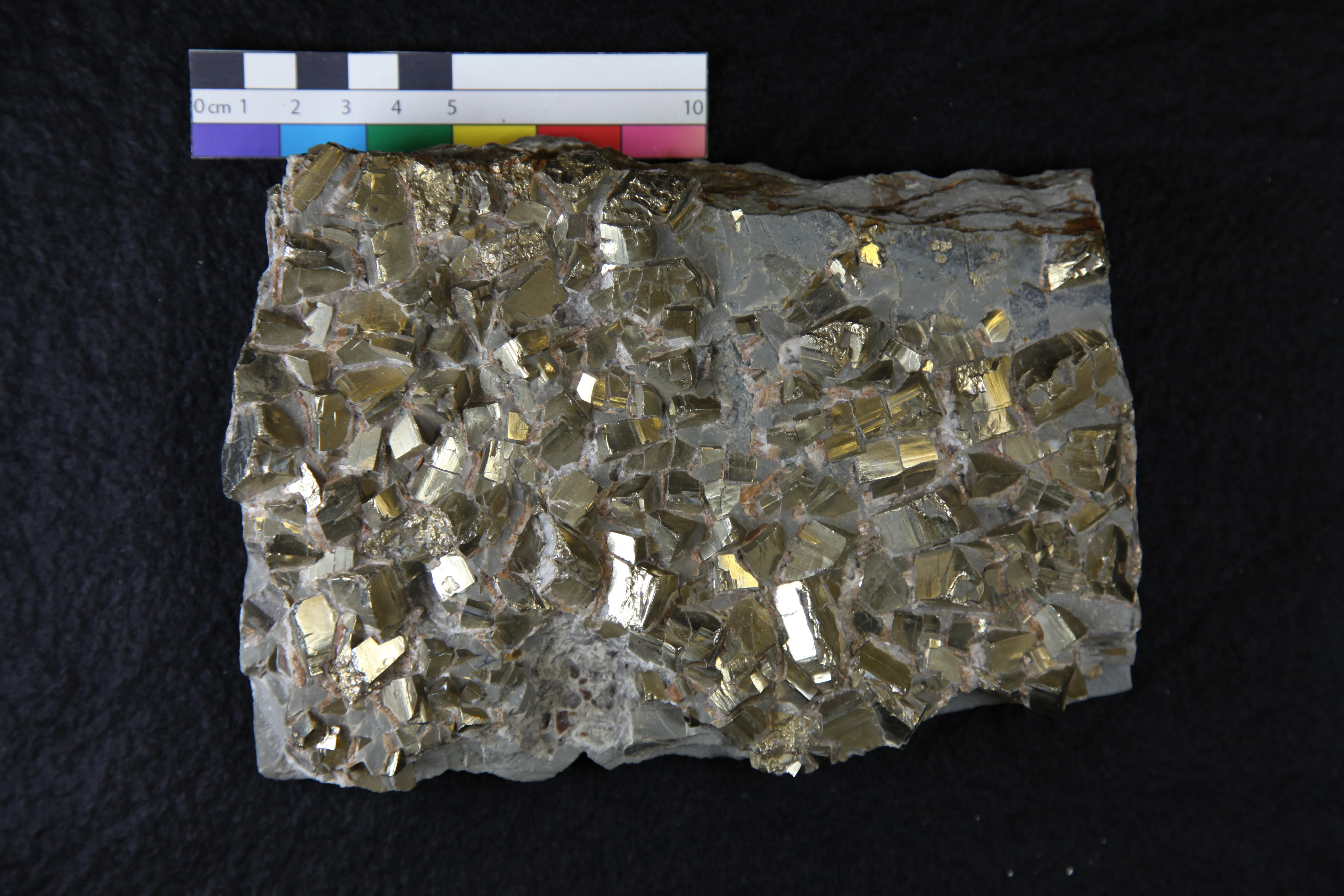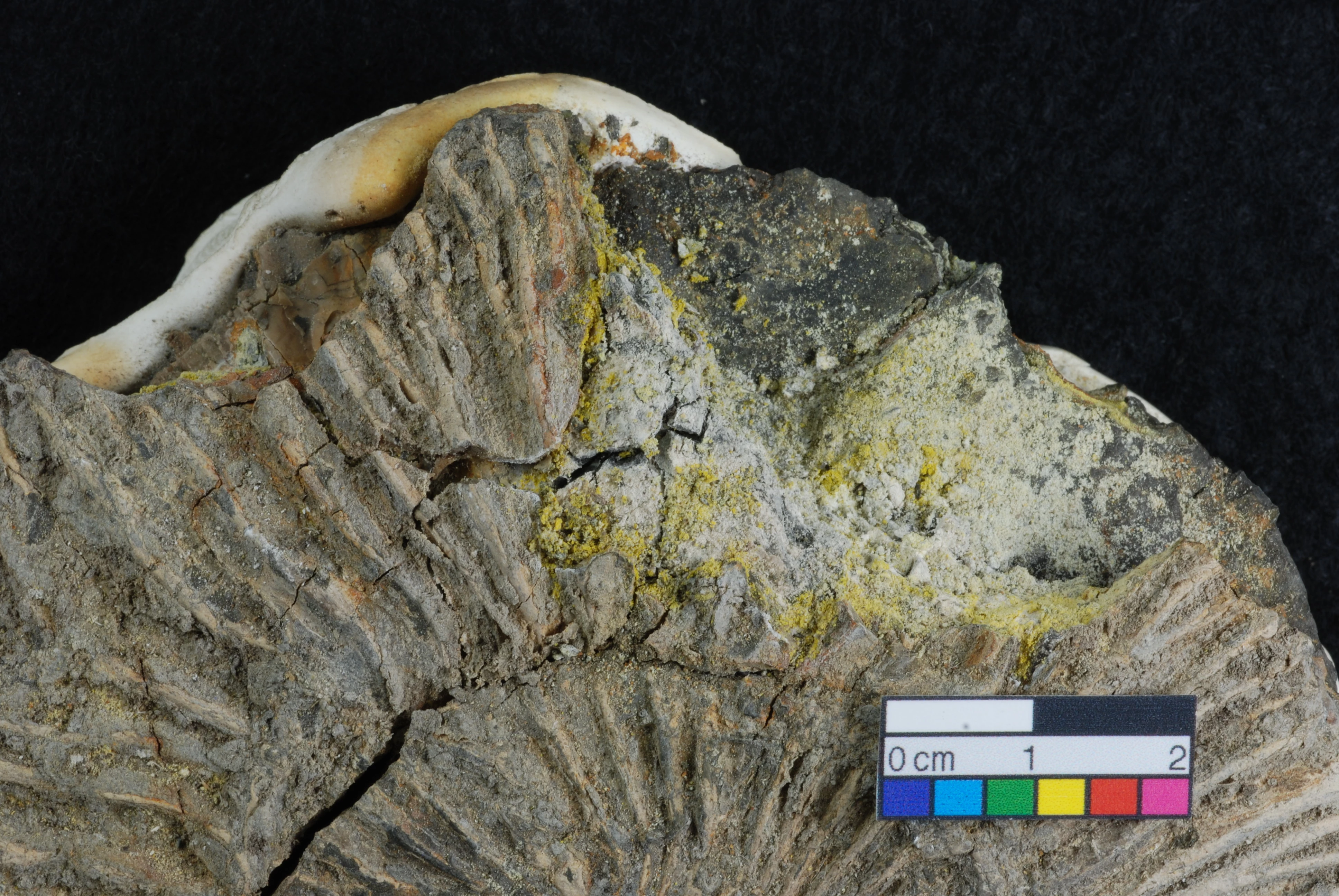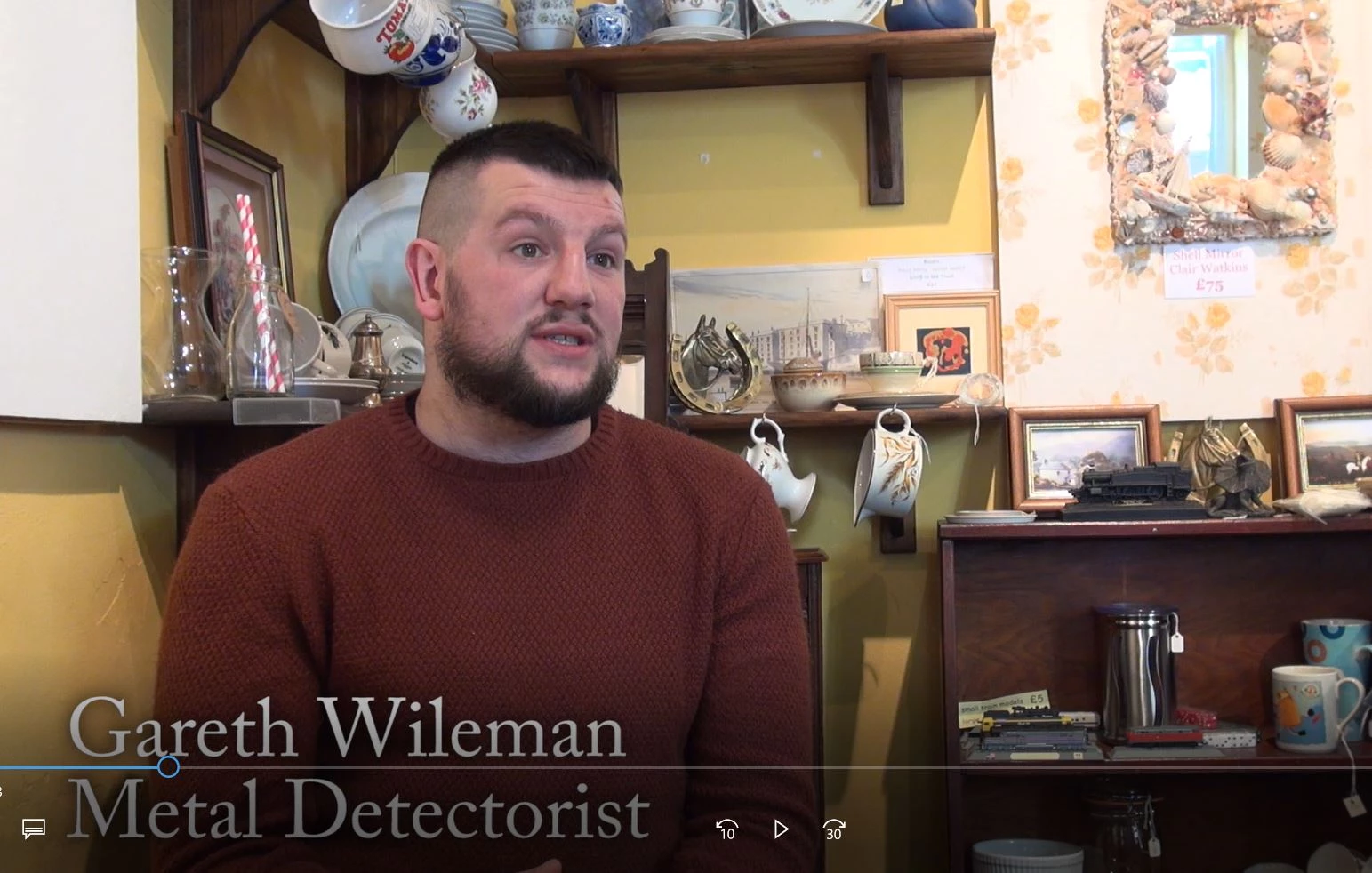Celebrating #SportMW
, 20 Mehefin 2017
To celebrate #SportMW we have been looking at the plants and animals (both living and fossil) in our galleries and collections that perform sporting feats everyday just to stay alive.
Sprinting
Sprinters of the animal world could run rings around Usain Bolt. The Cheetah (Acinonyx jubatus) is the fastest land mammal, able to reach speeds of around 100 kph (62 mph) but only in short bursts. Their bodies are well adapted for this with a long tail for balance and semi-retractable claws for grip.
Master of the sprint in the skies however is the Peregrine Falcon (Falco peregrinus). Speeds recorded for this species vary hugely, it is listed in the 2011 Guinness World Records as achieving up to 350 kph (217 mph) during its stoop (swooping dive)! This incredible speed gives it a great advantage when catching its prey (mainly birds) in flight.
Finally, lets not forget the little guys; in 1991 the American Cockroach (Periplaneta americana) broke a world record to become the fastest land insect, achieving a speed of 5.4 kph (3.4 mph). Research since then suggests that Australian Tiger Beetles would also be contenders for the title, having been reported to travel at speeds of over 6.5 kph (4 mph)!
Archery
Cone snails are carnivorous marine snails (Conus spp.). These predators use ‘harpoon-like’ darts to inject venom, immobilizing prey such as fish, marine worms or other shells. Whilst the venom of some species is akin to that of a bee sting, others are extremely dangerous to humans, occasionally even fatal!
Weightlifting
A gold medal would have to go to the Dung Beetle (Onthophagus taurus), which, in 2010, was named the world’s strongest insect with estimates suggesting it could move 1,141 times its own body weight. Many of the larger beetles although not as strong may move objects up to 50 times their weight.
If we are talking about weight in general, lets not forget the amazing plant kingdom for producing some whoppers. A species of pine (Pinus coulteri) native to California produces the largest cones in the world. Weighing up to 5 kg, you wouldn’t want these landing on your head, unsurprisingly, it is known as The Widow-maker in California! Or how about the Coco de Mer (Lodoicea maldivica)? This strange looking seed from a palm tree from the Seychelles holds three records - the largest fruit (up to 50 cm long), heaviest mature seed (17.6 kg) and the largest flowers of any palm.
Gymnastics
The animal kingdom contains some of the true masters of aerial gymnastics. Eastern Colobus Monkeys (Colobus guereza) spend much of their time high up in the forest canopy, and are natural gymnasts. They are able to make long leaps, moving from tree to tree with great agility.
Hummingbirds have the fastest wing-beat of any bird. An amazing 200 beats per second has been recorded for the Ruby-throated Hummingbird (Archilochus colubris). This allows them to hover and even fly backwards whilst foraging for nectar from flowers.
Football
From looking at fossilized dinosaur footprints we know that some species of dinosaur were fast and agile. Large theropods like T. rex could outrun a professional footballer (running up to 29 kph /18 mph), but smaller, lighter dinosaurs would have been even faster. Shift over Ronaldo!
Marathon
26 miles seems like a long way for our poor legs, but what about the vast distances some animals cover? The Humpback Whale (Megaptera novaeangliae) undertakes one of the world’s longest migrations. They migrate from tropical wintering grounds to summer feeding grounds near the poles, travelling over 5,000 miles a year.
The Leatherback Turtle (Dermochelys coriacea) travels huge distances, crossing oceans like the Atlantic, to get from feeding to breeding grounds. This is the largest of all living turtle species; our museum specimen (found washed up in Harlech in 1988) is the largest ever recorded, weighing in at a huge 914 kg!
And finally the Wandering Albatross (Diomedea exulans) has the largest wingspan of any living bird, at approximately 3.5 m. As their name suggests they wander a long way and can fly over 10,000 km (about 6,000 miles) on a single feeding trip!
Sailing
Like the sails of a ship, plants are true experts at harnessing the wind to help disperse seeds. The wings on the seeds of Field Maple (Acer campestre) help them to catch the wind, and fly like a helicopter. This means they grow further away from the parent tree and don’t compete with it for light and nutrients. The Javan Cucumber (Alsomitra macrocarpa) produces one of the largest winged seeds in the world with a wingspan of 13 cm helping them to fly just like a glider.
Martial Arts
Plants and animals sure can pack a punch, be it Taekwondo, Judo or Boxing style. Although naturally shy, if the Southern Cassowary (Casuarius casuarius) is cornered they are likely to kick out using their extremely powerful legs. This has led to them being given the title of most dangerous bird! Their powerful legs enable them to sprint at 50 kph (31 mph) and also jump up to 1.5 m.
But its not just the big animals, Bloodworms (Glycera spp.) are marine bristle worms related to earthworms and leeches. They have a long feeding tube (proboscis) that can be half the length of their bodies, and can be extended at great speed! Take that Bruce Lee! They are ambush predators, capturing small shrimp-like crustaceans with the sharp jaws at the proboscis tip.
Finally, the infamous Japanese Knotweed (Fallopia japonica). This really strong plant can break through concrete and has even been known to grow through the floors of houses. Originally from Japan, it is now common in Britain, especially by rivers.
Long Jump/Triple Jump/Mountain biking
Snow Leopards (Panthera uncia) are fast animals, able to make great leaps over rocky terrain when in pursuit of prey. Records suggest that they can leap as far as 14 metres, ambushing prey from above!
Swimming
From the sprint to synchronized swimming, the natural world is full of swimmers of all abilities. Ichthyosaurs were prehistoric reptiles, shaped like dolphins, which lived in the seas when the dinosaurs were on the land. Their streamlined bodies meant that they could swim up to 40 kph (25 mph).
The Big Mouth Shark (Carcharocles megalodon) swam in our waters 23 to 2.6 million years ago. It was an excellent swimmer and voracious predator and wins the medal for most formidable carnivore to have existed. It was a giant ancestor of the Great White Shark, and grew to 16 m or more in length. It had one of the strongest bites known, 5 times the force of Tyrannosaurus rex’s bite and 10 times the force of the Great White Shark. Eek!
Fencing
Defence is massively important in the natural world, be it to protect your young, impress a partner, or stop you from being eaten! Woolly mammoths (Mammuthus primigenius) were stronger and more heavily built than modern elephants. Their tusks were much bigger too, reaching up to 5 m in length. Mammoths probably used their huge tusks for clearing away ice and snow to find food, to fight with each other, fight off predators, and for display.
The impressive Giant deer (Megaloceros giganteus) became extinct after the last ice age and equals the Moose as the largest deer that ever lived. The largest males could have antlers 4 m across, the biggest of any known deer.
You can find amazing feats of daring, skill and grace everywhere in the world around you. Take up a pair of binoculars and check out the peregrines by Cardiff City Hall Clock Tower, or head to Pembrokeshire to see porpoises swimming, or even just check out the fascinating plants and bugs in your back garden. And when you’ve done that, you can come to the museum and try and spot some of the animals and plants from the above in the galleries.






